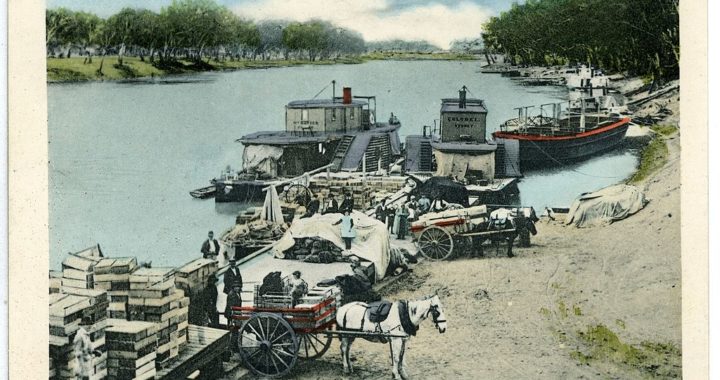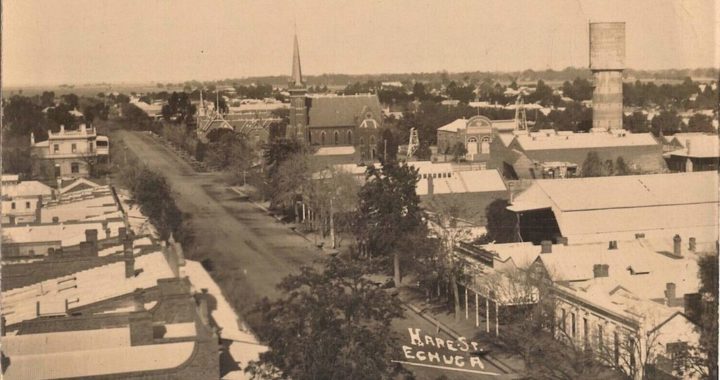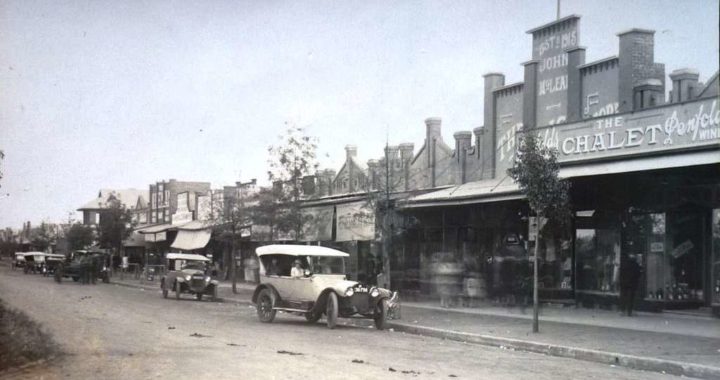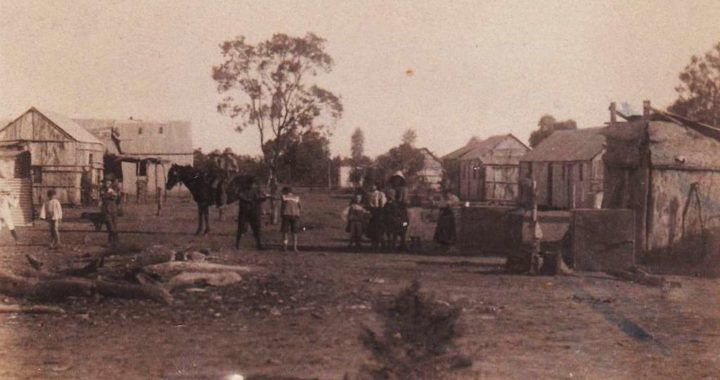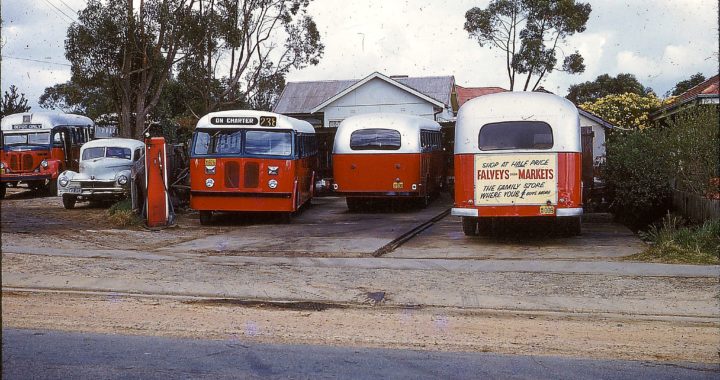Mildura is a city in the Sunraysia region of north-west Victoria, Australia. It is located on the banks of the Murray River, about 530 kilometres north-west of Melbourne. The city has a population of about 78,000 people.
Mildura was first settled by Aboriginal people for thousands of years before European arrival. The first European to visit the area was explorer Hamilton Hume in 1829. In 1847, pastoralist Frank Jenkin took up land in the area and named it Irymple. The name Mildura was adopted in 1858.
In 1886, Canadian-American irrigation engineers George and William Chaffey arrived in Mildura and established an irrigation colony. The Chaffeys’ irrigation scheme was a success, and Mildura quickly became a major agricultural and horticultural centre. The city also became a popular tourist destination, known for its mild climate, lush gardens, and wineries.
Mildura has a rich history and culture, and there are many historical places to visit in the city. Here are a few suggestions:
Historical Places to Visit in Mildura
- Mildura Arts Centre and Rio Vista Homestead: This complex houses an art gallery, a theatre, and a historic homestead. The homestead was built in 1889 by the Chaffey brothers, who were responsible for irrigating the Mildura region.
Mildura Arts Centre and Rio Vista Homestead in Mildura - Kow Plains Homestead: This homestead was built in 1866 and is one of the oldest buildings in the Mildura region. It is now a museum that tells the story of the early settlers of the area.
Kow Plains Homestead in Mildura - Lock 11: This lock was built in 1907 and is one of the most important structures in the Mildura irrigation system. It controls the flow of water from the Murray River into the Mildura system.
Lock 11 in Mildura - Mildura Visitor Information Centre: This center is a great place to start your exploration of Mildura. It has exhibits on the history of the city and the region, and staff can help you plan your itinerary.
Mildura Visitor Information Centre in Mildura - Mildura Botanical Gardens: These gardens are home to a wide variety of plants from around the world. They are a great place to relax and enjoy the outdoors.
Mildura Botanical Gardens in Mildura - The Langtree Hall Museum: This museum tells the story of the Sunraysia region, from its Aboriginal heritage to its modern-day wine industry.
The Langtree Hall Museum in Mildura - Mildura Holden Motor Museum: The museum houses a magnificent display of 30 to 35 Holden vehicles, starting from the first model made to current models.
Mildura Holden Motor Museum

